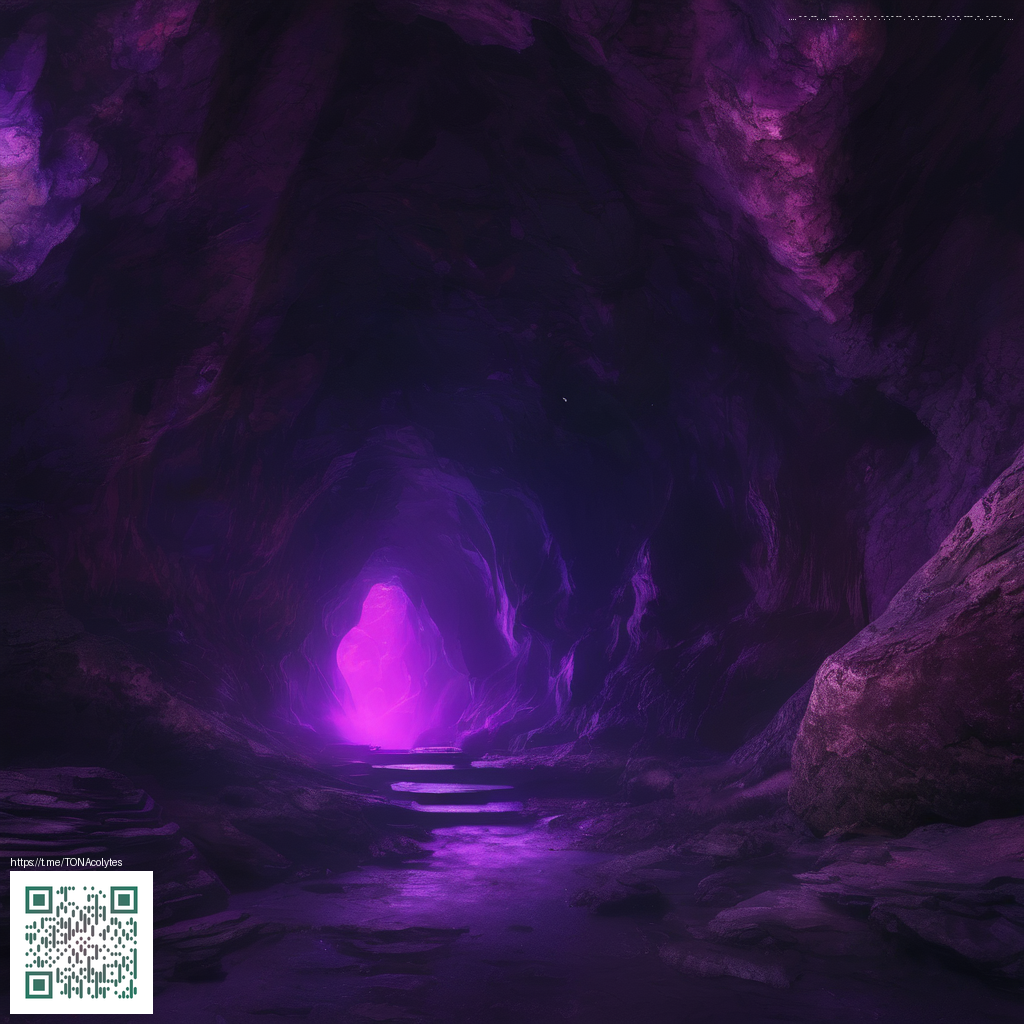
Why fans keep returning to this classic for repeat playthroughs
The enduring appeal of this era defining release lingers not just in nostalgia but in a rare blend of lived in world building, tactile gameplay and a sense of discovery that rewards patient exploration. It arrived at a moment when open world ambition was still finding its footing and proved that depth can be measured in micro moments as much as in milestones. Players return not just to finish a story but to live in a world that feels tangible, where every corner holds a memory and every routine npc has a rhythm you can learn.
Gameplay loops that invite a second and third look
At its core the game offers a meticulous cycle of tasks that feel meaningful rather than filler. The town of Yokosuka becomes a playground of daily rituals where actions like training, investigating, or even wandering the pier invite small, satisfying rewards. The blend of action scenes with everyday life turns frequent replays into a new discovery mission each time. Minute details such as the timing of a street vendor or the arc of a crane game become ways to test memory and timing, turning repetition into a joyful practice rather than a grind.
Combat and quick time sequences evolve from a chore to a choreography when you return with fresh intent. The game rewards mastery of timing, situational awareness and the ability to switch between pursuit and retreat with minimal friction. The sense of agency remains strong even on a second run because each interaction feels consequential and each choice could steer the investigation in a subtly different direction. That structural design seeds curiosity that persists long after the credits roll.
Community insights fuel a living conversation
Across forums and fan wikis, conversations around pacing, character moments, and favorite subplots persist. The community thrives on sharing nuanced observations about character routines and city life, often uncovering small details that first timers might miss. Speedrunners, casual explorers, and lore enthusiasts all find common ground amid a shared appreciation for tactile immersion. The culture around this title values documentation and memory, turning a single playthrough into a conversation that stretches across months or even years.
The modding and translation communities, while not as prolific as for some modern open worlds, still push the boundaries of how the game is perceived. Fans create improved textures, accessibility tweaks and quality of life adjustments that keep the experience approachable for new players while preserving its distinct spirit. This kind of progressive fan work enriches replay value by lowering barriers and inviting experimentation with different play styles.
Updates and a developer voice that kept the flame alive
Over the years the series has seen new life through remasters and fresh releases that polish what already shone. The HD re release of the original chapters brought modern conveniences such as improved lighting, streamlined menus and refined controls, making a beloved classic feel responsive to contemporary playstyles. A few years later a newly funded project pushed the saga forward with modern ambition while staying true to the core experience that fans fell in love with. The developer team has remained communicative with fans, highlighting design choices that honor the delicate balance between realism and storytelling that defines the series.
What resonates most is how these updates preserve the essence of immersion. The town remains a character in its own right, and the pursuit of truth behind the central mystery unfolds with the same patient tempo. For veterans returning to the world after years away, the familiar streets feel welcoming yet ripe for new interpretation, inviting a fresh approach to familiar puzzles and scenes. That blend of continuity and renewal is a key reason many players come back for another run even after completing the narrative arc.
Looking back to look forward
This title demonstrates how an early blueprint for immersive simulation can ripple through later generations of games. While technology has evolved, the core ask of players remains the same: how does a world invite you to slow down, observe, and infer meaning from small, human moments. The answer is in the patient world design, the micro narratives tucked into everyday life and the sense that your choices carry weight beyond the immediate moment. When fans revisit the work, they are not simply replaying a scene; they are re engaging with a philosophy of game design that prioritizes atmosphere, memory, and earned discovery. 💠
As new generations discover the game through reissued editions and community led coverage, the hopeful takeaway is that thoughtful world building tends to outlive trends. A title with a patient pace and a town that breathes becomes a shared language a community can keep speaking across years and platforms. It is a reminder that repetition can be a form of learning, and learning can be a form of joy.
For gamers who crave a title that rewards attention as much as ambition, revisiting this classic offers not just nostalgia but a well designed loop that reveals something new with each return. The world invites you back, and your curiosity is the key to unlock its many quiet narratives.
Join a community that values memory and craft, and consider supporting a decentralized internet to help foster independent voices and hands on storytelling in gaming culture. Your support helps keep the dialogue alive across platforms and creators.
Support the Decentralized Internet